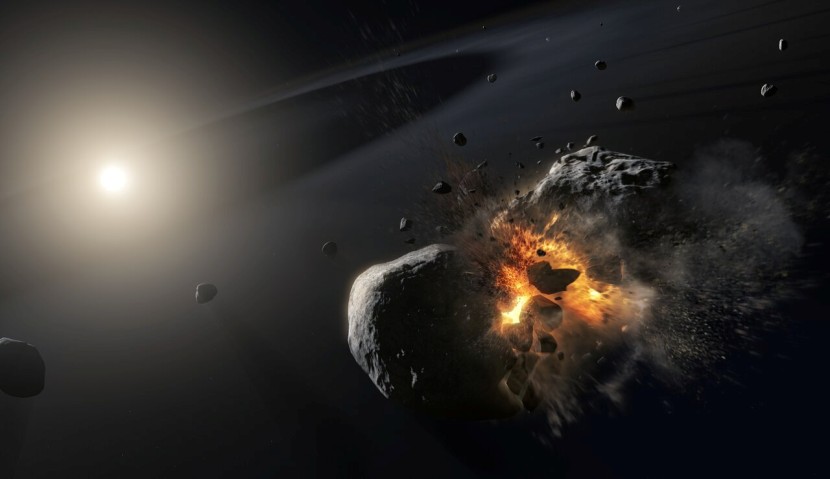
In the last few years, scientists have studied the first observed interstellar visitors to our solar system. This includes Comet 2I/Borisov, which was spotted in 2019 and still passing through, and Oumuamua, an asteroid that zipped through quickly in 2017.
At the present state, the presence of a more permanent outsider in our solar system have been identified. It is a group of interstellar asteroids that checked in a long time ago and never left. This week, the Monthly Notices of the Royal Astronomical Society published a new study that this group of asteroids has been hiding in plain sight for billions of years.
When the solar system was forming 4.5 billion years ago, these asteroids were probably around but they appeared in a different planetar system. During the fusing of the solar system, it was likely closer to other baby star systems as well.
According to Fathi Namouni, a researcher at the Observatoire de la Cote d'Azur and lead author of the study, the close proximity of the stars meant that they felt each other's gravity more strongly in the early days than they do today and this enabled asteroids to be pulled from one-star system to another.
Namouni and Maria Helena Moriera Morais, a researcher at the Universidade Estadual Paulista in Brazil, utilized numerical modeling to simulate the infancy of the solar system and identified the location of the asteroids billions of years ago.
The simulation placed the asteroids moving in a particular orbit to the plane where the planets of the solar system and asteroids orbit the sun. The asteroids were very far from the original disk where the planets formed around the sun.
Read also : NASA's Orbiter Captures a 'Dragon' on Mars
The study suggested that the asteroid was captured from another star system as the planets were forming in our solar system.
The 19 asteroids have been hiding in plain sight since then, orbiting the sun along with Centaurs, asteroids that can be found in between Jupiter and Neptune.
Centaurs are unremarkable since they resemble and act like both asteroids and comets. Because of their dual nature, they are called centaurs after half-horse and half-human creatures from mythology. NASA estimates that two-thirds of Centaurs are from the freezing outskirts of the solar system.
Centaurs have orbits that are difficult to grasp or predict.
According to Morais, the discovery of a whole population of asteroids of interstellar origin is a significant step in understanding the physical and chemical similarities and differences between solar system-born and interstellar asteroids. She added that the population of asteroids will give us clues about the early birth cluster of the sun, how interstellar asteroid capture occurred and the role that interstellar matter had in chemically enriching the solar system and shaping its revolution.
At first peek, 2015 BZ509 is just one of the objects orbiting Jupiter as a stable configuration called resonance. The exo-asteroid is going its own way unlike all of the planets and most of the objects in the solar system which orbit the sun by moving in the same direction. With its reversed orbit, 2015 BZ5009 is moving in the opposite direction.
In 2018, Morais wrote that the asteroid and Jupiter complete an orbit around the Sun with the same amount of time, but in the opposite direction which makes them pass by each other twice per each full orbit. She added that this pattern is repeated forever, a stable configuration in a simplified model with only the Sun, Jupiter, and the asteroid. When they included the other planets, the pattern was still very stable, over the solar system's age.
The orbit is the same path the object has always followed, which means it could not have formed in our solar system. It would have followed the direction of the gas and dust that formed all of the other planets and objects if it was native to the solar system. Morais believed that this one was captured in the early stages of our solar system, like the newly discovered alien asteroids.
The exo-asteroid acts as a caution for objects that may penetrate our solar system.
Morais uttered that if objects outside our solar system pass by, they may also be captured in stable orbit as it is the case of 2015 BZ509.
© 2026 HNGN, All rights reserved. Do not reproduce without permission.








